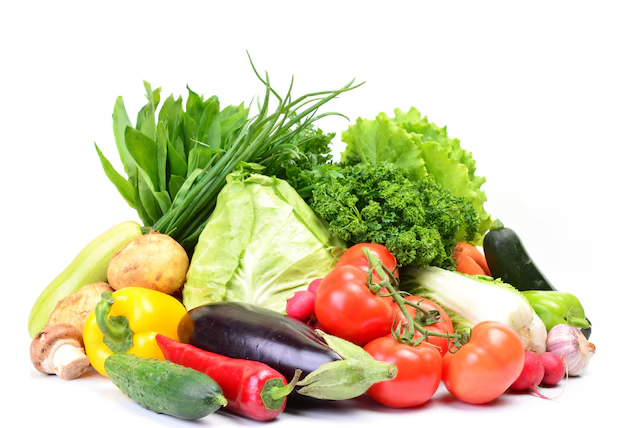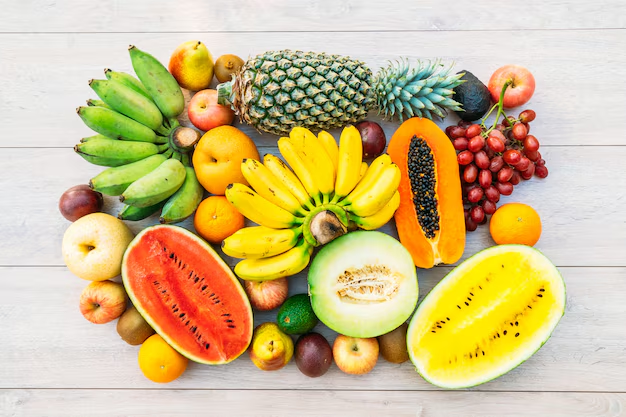Understanding the seasonal impact on health & immunity
Before we talk about the monsoon, it's important to understand that our body is influenced not only by food and climate but also by the seasons (Ritu). Each season brings specific changes in our internal balance, which can cause seasonal illnesses.
For example:
- Monsoon: Skin infections
- Winter: Joint pains, high BP
- Summer: Heat strokes, dehydration
These are related to the imbalances in the three doshas (Vata, Pitta, Kapha). That's why Ayurveda suggests different diets and lifestyles for every season, to balance these doshas and keep diseases away:

According to Ayurveda and geography, a year is divided into 6 seasons (Ritus) of 2 months each:
-
Basant (Spring)
-
Grishma (Summer)
-
Varsha (Monsoon)
-
Sharad (Autumn)
-
Hemant (Early Winter)
-
Shishir (Late Winter)
These are based on the movement of the sun:
-
Uttarayan (Winter Solstice to Summer Solstice) – Aadan Kaal (Mid-Jan to Mid-June)
-
Dakshinayan (Summer Solstice to Winter Solstice) – Visarga Kaal (Mid-June to Mid-January)
During the transition period of these cycles, our immunity becomes weak, making us more prone to illness.
VARSHA RITU – THE MONSOON SEASON
This is the first season of Dakshinayan, and our body strength is low during this time.
Changes in the Environment:
-
The sky is cloudy, the atmosphere is humid, and sometimes dry
-
Increase in mosquitoes and insects
-
Digestive fire (Agni) weakens due to the previous summer heat
-
Vata gets aggravated due to gases released from the earth after rainfall
-
When there's no rain for a while, heat builds up, and Pitta starts accumulating
Due to weak digestion, low strength, and increased doshas, we become prone to infections and diseases like:
-
Malaria, Filaria, Fever, Diarrhea, Vomiting, Colitis
-
Skin diseases like eczema, boils, and fungal infections
-
Hypertension, swelling in joints, arthritis
HOW TO STAY HEALTHY IN MONSOON?
Let's follow some simple Ayurvedic diet & lifestyle tips:
DIET (AAHAAR):
- Light, warm, fresh, and easily digestible food
- Food that balances Vata and improves Agni (digestion)
Recommended Grains & Pulses:
-
Old wheat, barley, brown rice, maize (makka)
-
Mustard, rye
-
Moong dal, arhar dal
-
Khichdi, buttermilk (mattha)

Vegetables:
-
Bottle gourd (lauki), ridge gourd (torai), okra (bhindi), tomato
-
Soups, mint chutney

Fruits:
-
Apple, banana, pear, ripe jamun, ripe desi mangoes
-
Ripe mango, after eating ripe mango, drink warm milk gives strength and nourishment ( instead of a milkshake)
-
Jamun (in small quantity) is beneficial for skin diseases, boils, and diabetes, but avoid if you have constipation
Snacks & Add-ons:
-
Corn (bhutta) — eat during the day, and after eating bhutta, take buttermilk. It is for good digestion
-
Spiced buttermilk (with clove, dry ginger, long pepper, black pepper, rock salt, ajwain) improves digestion
-
Garlic chutney, honey with warm water
-
Use ghee and oil moderately
Rasayan (Rejuvenator): Harad powder with rock salt
Water: Boil water before drinking — it becomes lighter and germ-free
-
Add tulsi (basil), alum, or a drop of honey to purify water
LIFESTYLE (VIHAR):
-
Ubtan (herbal paste) & oil massage (abhyanga) to prevent dryness and enhance immunity
-
Avoid damp clothes — change immediately if soaked
-
Wear clean, dry clothes
-
Sleep in a place that is neither too damp nor too windy
-
Avoid using coolers and direct air
-
Use neem oil lamps to repel mosquitoes
In conclusion, if we follow the seasonal guidelines of Ayurveda, we can stay disease-free and maintain good immunity even during the challenging monsoon months.
Let nature guide your health — live in rhythm with the seasons!






